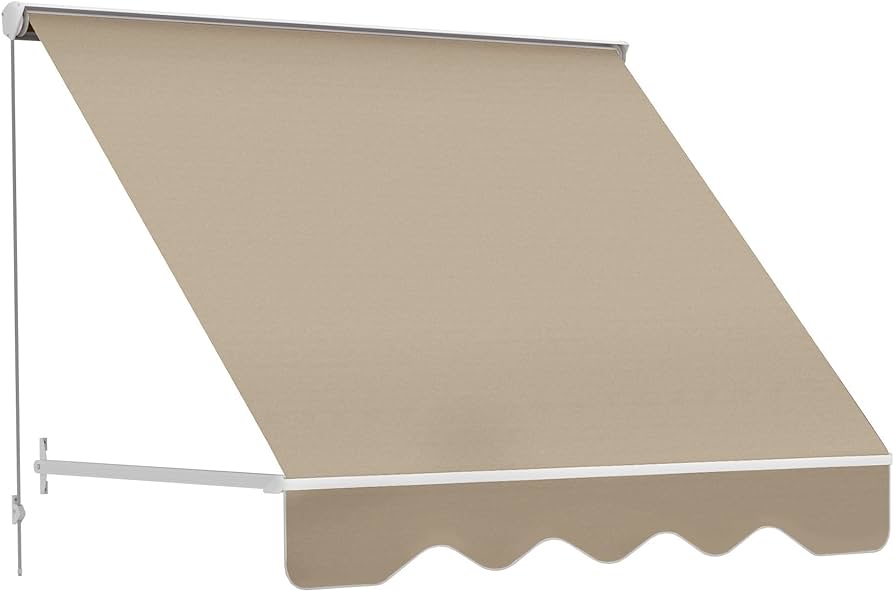To adjust bike gears, you need to adjust the derailleur using the barrel adjuster on the shifter or derailleur body, ensuring the chain moves smoothly between gears. Adjusting the gears on your bike is essential for optimal performance and a smooth riding experience.
By making small adjustments to the derailleur, you can ensure that the chain moves seamlessly between gears, preventing any skipping, rubbing, or chain dropping. This guide will provide you with step-by-step instructions on how to adjust your bike gears effectively.
Whether you’re a seasoned cyclist or new to biking, learning how to adjust your gears will help you ride with ease and precision. So, let’s dive in and learn how to fine-tune your bike gears for a better cycling experience.

Credit: www.bicycling.com
Understanding Bike Gears
Bike gears play a crucial role in enhancing your cycling experience. By adjusting the gears properly, you can effortlessly conquer challenging terrains and enjoy a smooth ride. In this section, we will take a closer look at how bike gears work and the different types of gears commonly found on bicycles.
How Bike Gears Work
Bike gears work on a simple principle of changing the gear ratio to optimize your pedaling efficiency. When you change gears, you adjust the size of the chainring, which is connected to the pedals, and the rear cassette, which is connected to the rear wheel. By altering these ratios, you can make it easier or harder to pedal, allowing you to maintain an ideal pedaling cadence regardless of the terrain.
Most bikes have a front and rear derailleur, which are responsible for shifting the chain between the different chainrings and rear cogs respectively. The front derailleur moves the chain from one front chainring to another, while the rear derailleur guides the chain onto different rear cogs. By using these derailleurs, you can achieve a wide range of gear ratios to adapt to various riding conditions.
Types Of Bike Gears
There are different types of bike gears available, each with its own advantages and suitable applications. Here are the most common types:
| Type | Description |
|---|---|
| Traditional Gearing | This type of gearing system features a triple chainring setup in the front and a cassette with a wide range of gears in the rear. It provides a larger gear range, making it suitable for riders who frequently encounter steep inclines or require a wide range of gear options. |
| Compact Gearing | A compact gearing system uses a double chainring setup in the front, which provides a narrower gear range compared to traditional gearing. This setup is favored by riders who primarily ride on flatter terrains, as it offers a more simplified and lighter gear setup. |
| Fixed Gear | A fixed gear, also known as a “fixie,” has a single gear ratio with no freewheel mechanism. This means that when the pedals are moving, the rear wheel is moving as well. Fixed gears offer a more simplified riding experience and are popular among urban cyclists and track racers. |
Each type of gear system has its own advantages, and the right choice depends on your riding preferences and the terrain you frequently encounter. It’s important to choose the gear system that suits your needs to optimize your cycling experience.

Credit: newatlas.com
Identifying Gear Problems
Adjusting bike gears can be a challenge, but identifying gear problems is the first step. Learn how to troubleshoot and fix gear issues for a smoother cycling experience.
Common Gear Shifting Issues
If you’re having trouble shifting gears smoothly on your bike, you’re not alone. Many cyclists experience common gear shifting issues that can make their rides less enjoyable. Identifying these issues is key to finding a solution that will get your gears back in working order.
Signs Of Misaligned Gears
Misaligned gears can cause a range of problems, from difficulty shifting to chain skipping or slipping. Here’s how to identify if your gears are misaligned:
- Chain noise: If you hear unusual grinding, clicking, or rattling noises when you pedal, it could mean that your gears are misaligned.
- Chain skipping: If your chain occasionally jumps when you pedal, particularly when shifting to higher gears, it’s a sign that your gears need adjustment.
- Poor shifting: If you find it difficult to shift smoothly between gears, or if the bike hesitates or refuses to change gears altogether, it’s likely a gear alignment issue.
- Chain rub: If the chain rubs against the derailleur or other parts of the bike when you’re in certain gears, it could indicate misalignment.
- Excessive wear: If you notice excessive wear on your gears or chain, it’s essential to check for misalignment, as this can accelerate wear and tear.
By identifying these signs of misaligned gears, you can take the necessary steps to adjust them and keep your bike running smoothly.
Adjusting Bike Gears
Adjusting your bike gears is crucial for maintaining a smooth and efficient ride. Properly adjusted gears ensure that you can effortlessly switch between various gear ratios to tackle different terrain and pedaling conditions. In this guide, we will walk you through the steps to adjust your bike gears, allowing you to optimize your cycling experience.
Tools Needed For Gear Adjustment
- Allen wrench set
- Screwdriver
- Chain lubricant
Step-by-step Guide To Adjusting Gears
Follow these steps to adjust your bike gears:
- Inspect the gear cables and housing for any signs of damage or wear. Replace if necessary.
- Shift the chain onto the smallest chainring in the front and the smallest cog in the rear.
- Loosen the cable securing bolt on the rear derailleur using the appropriate Allen wrench.
- Turn the barrel adjuster on the rear derailleur counterclockwise to release tension on the cable.
- Pull the cable taut and retighten the cable securing bolt.
- Shift to the largest chainring in the front and the largest cog in the rear.
- Use the barrel adjuster to fine-tune the shifting. Turn it clockwise if the chain struggles to move to a larger cog and counterclockwise if the chain struggles to move to a smaller cog.
- Test the gear shifting by gradually shifting through all the gears while pedaling. Ensure smooth and precise shifting in both the front and rear.
Fine-tuning And Indexing Gears
Once you have adjusted the gears, it’s important to fine-tune and index them for optimal performance:
- Shift the chain onto the smallest chainring in the front and the smallest cog in the rear.
- Turn the barrel adjuster on the rear derailleur clockwise until the chain moves onto the second cog.
- Shift up and down the rear gears, making small adjustments to the barrel adjuster as needed, until the chain smoothly transitions between all the rear cogs.
- Shift to the largest chainring in the front and repeat the fine-tuning process for the front gears.
- Ensure that the chain moves smoothly and quietly across all gears without excessive noise or skipping.

Credit: www.rei.com
Frequently Asked Questions On How To Adjust Bike Gears
How Do I Adjust The Gears On My Bike?
To adjust the gears on your bike, start by shifting the chain to the smallest chainring in the front and the smallest cog in the back. Then, use the barrel adjuster on the rear derailleur to align the jockey wheel with the smallest cog.
Finally, test the gears by shifting through the range while pedaling.
Why Are My Bike Gears Not Shifting Smoothly?
There could be various reasons why your bike gears are not shifting smoothly. It could be due to a misaligned derailleur, stretched cables, or a worn-out cassette. It’s best to check and adjust these components, or take your bike to a professional mechanic for a tune-up.
How Often Should I Adjust My Bike Gears?
It’s recommended to adjust your bike gears every few months or whenever you notice any issues with shifting. Factors such as riding conditions, terrain, and maintenance can affect the gear’s performance. Regularly checking and fine-tuning your gears will ensure smooth and efficient shifting on your rides.
What Are The Signs That My Bike Gears Need Adjustment?
If you’re experiencing difficulty shifting gears, hearing unusual clicking or grinding sounds, or noticing the chain slipping or jumping, it’s likely that your bike gears need adjustment. Other signs may include slow or delayed shifts, chain rubbing against the front derailleur, or chain dropping off the chainrings.
Conclusion
Successfully adjusting bike gears is essential for an optimal cycling experience. By following the steps outlined you can ensure smooth shifting, prevent chain slippage, and maintain a comfortable ride. Remember to start with small adjustments and test your gears as you go.
With practice, you’ll become proficient at fine-tuning your bike’s gears and enjoying a seamless and efficient ride. Keep pedaling and happy cycling!


